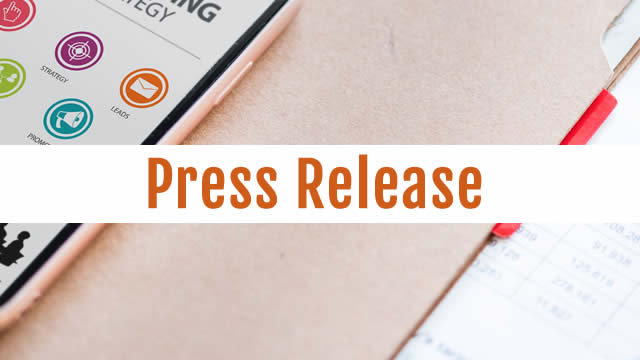
VINP
Vinci Compass Investments Ltd.
$12.27
-0.07
(-0.57%)
| Exchange: | |
| Market Cap: | 769.496M |
| Shares Outstanding: | 55.516M |
About The Company
| Sector: | Financial Services | |||||
| Industry: | Asset Management | |||||
| CEO: | Alessandro Monteiro Morgado Horta CFA | |||||
| Full Time Employees: | 594 | |||||
| Address: |
|
|||||
| Website: | https://www.vincipartners.com |
Vinci Compass Investments Ltd. operates as an asset management firm in Brazil. It operates through six segments: Global Investment Products & Solutions (IP&S), Credit, Private Equity, Equities, Real Assets, and Corporate Advisory. The Global IP&S segment provides access to a network of general partners and asset managers, as well as proprietary investment solutions; multi-asset allocation strategies, and portfolio and management services; and liquid and alternative, separate mandates, commingled funds, brokerage, pension plans, solutions, and Vinci retirement services. Its Credit segment operates public and private credit, opportunistic capital solutions, and agribusiness credit. The Private Equity segment focuses on control and co-control investments, and minority investments in small-to-medium enterprises. Its Equities segment delivers investment solutions across Latin America and other country markets. The Real Assets segment comprises investments focused on assets through real estate, infrastructure, and forestry. Its Corporate Advisory segment offers corporate advisory services, including financial and strategic advisory services, focusing on IPO advisory and mergers and acquisition transactions to entrepreneurs, corporate senior management teams, and boards of directors. The company was formerly known as Vinci Partners Investments Ltd. and changed its name to Vinci Compass Investments Ltd. in July 2025. Vinci Compass Investments Ltd. was founded in 2009 and is headquartered in Rio De Janeiro, Brazil.
Click to read more…
Revenue Segmentation
EPS
Earnings Call
Income Statement
(* All numbers are in thousands)
Balance Sheet
(* All numbers are in thousands)
Cash Flow Statement
(* All numbers are in thousands)
Analyst Estimates
(* All numbers are in thousands)





